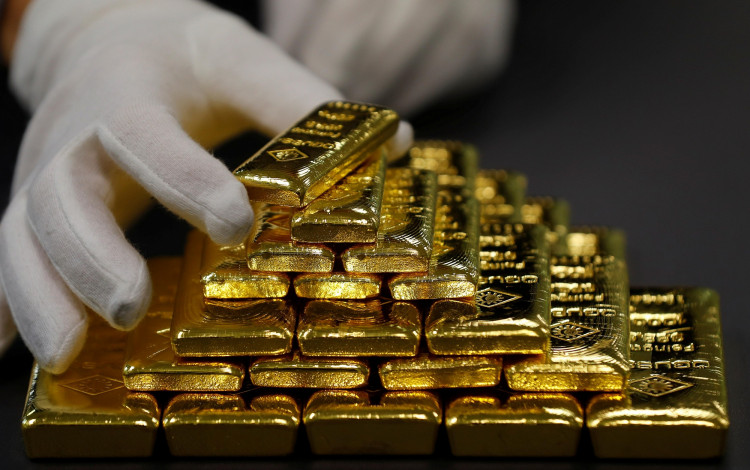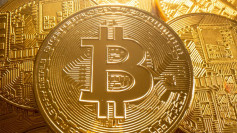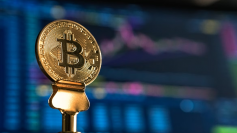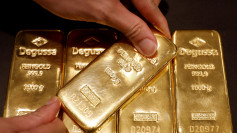Gold prices soared above $4,000 per ounce this week for the first time, marking a nearly 50% gain since January and capping one of the most dramatic rallies in the precious metal's modern history. The surge, driven by a mix of billionaire investors, central bank buying, and retail inflows, underscores deepening uncertainty in global markets and growing skepticism toward the U.S. dollar.
The milestone follows months of consistent gains, fueled by geopolitical tension, concerns over trade policy, and a weakening greenback. As of Tuesday, the U.S. dollar index (DXY) had fallen about 9% this year. The rally accelerated after President Donald Trump's "Liberation Day" tariffs rattled markets in April and again in September as job data signaled cooling growth.
"Momentum in gold has been unrelenting," said Adam Turnquist, chief technical strategist at LPL Financial, noting that gold has logged roughly three "upside days" for every down day since mid-August. Institutional and retail investors alike are treating the metal as both an inflation hedge and a political safe haven.
Among the high-profile buyers, Bridgewater Associates founder Ray Dalio told CNBC at a Greenwich conference that "you would probably have something like 15% of your portfolio in gold, because it is one asset that does very well when the typical parts of the portfolio go down." Hedge fund manager Paul Tudor Jones added that he favors "a combination of gold, crypto, probably the Nasdaq," while Citadel's Ken Griffin warned that the rush into gold reflects "substantial asset inflation away from the dollar as people are looking for ways to effectively de-dollarize or de-risk their portfolios vis-a-vis U.S. sovereign risk."
Central banks have also poured into the market. According to the World Gold Council, Poland purchased more than 60 metric tons of gold over the past year, while China, Turkey, Kazakhstan, and Azerbaijan made significant additions to their reserves. Investors "are definitely looking at gold as an alternative to the U.S. dollar," said Joe Cavatoni, the council's chief market strategist.
Goldman Sachs raised its end-of-2026 target for gold to $4,900, citing "sticky demand" from exchange-traded funds and central banks. Morgan Stanley's chief U.S. equity strategist, Mike Wilson, advised shifting the traditional 60/40 portfolio to a 60/20/20 allocation that includes a 20% position in gold.
The latest surge has been amplified by ETF inflows, with physically backed gold funds attracting about $26 billion in the quarter ending September 30. Retail demand has also exploded since retailers such as Costco began selling one-ounce gold bars, widening access to the market. "In today's marketplace, there are so many ETFs that enable easy access to gold," said Wayne Wicker, president of Opal Capital. "Making an investment is much easier than it was during past bull markets."
Mining shares have surged alongside bullion. Newmont Corp. is up 126% year-to-date, while Canada's Agnico Eagle Mines and Barrick Mining have more than doubled. Analysts say institutional buying and retail enthusiasm have created a feedback loop, pushing the market higher despite overbought conditions.
Still, some investors see the exuberance as a late-stage rally. "Everybody's bullish on gold," said Joe Tigay, portfolio manager at Rational Equity Armor Fund, warning that such uniform optimism "seems closer to an end-of-cycle rally." RBC analysts likewise called the market "quickly becoming overbought short-term," predicting a potential pullback in coming weeks.





